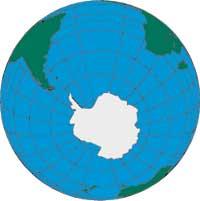Ozone larger than ever

The decrease in the ozone layer over Antarctica is, as measured by the Andén satellites, the largest since the decline measured in the early 1980s. Satellites have shown that this year's ozone layer decline, measured between August and October, has an extension of 27.3 million square kilometers. The maximum extent of the reduction measured to date was 26 million square kilometers, observed in September 1996. In addition to the extension, the layer decrease is one of the largest observed so far, that is, in addition to the extensive "ozone gap": on September 30 the ozone level dropped to 90 Dobson units, very close to the existing record (the record is 88 Dobson units, observed on September 28, 1994 in Antarctica).
Scientists, however, do not believe that the ozone hole grows, as they know that the decrease is a consequence of the low temperature in the stratosphere, although this year they do not know why the temperature is colder. The year-on-year variation in the width and depth of the ozone hole is associated with variations in the weather situation and, this year, the temperature of the middle and polar latitudes of the southern hemisphere (5-9ºF) is colder than usual, causing the activation of chlorine compounds present in the atmosphere that reduce ozone levels.
Buletina
Bidali zure helbide elektronikoa eta jaso asteroko buletina zure sarrera-ontzian











